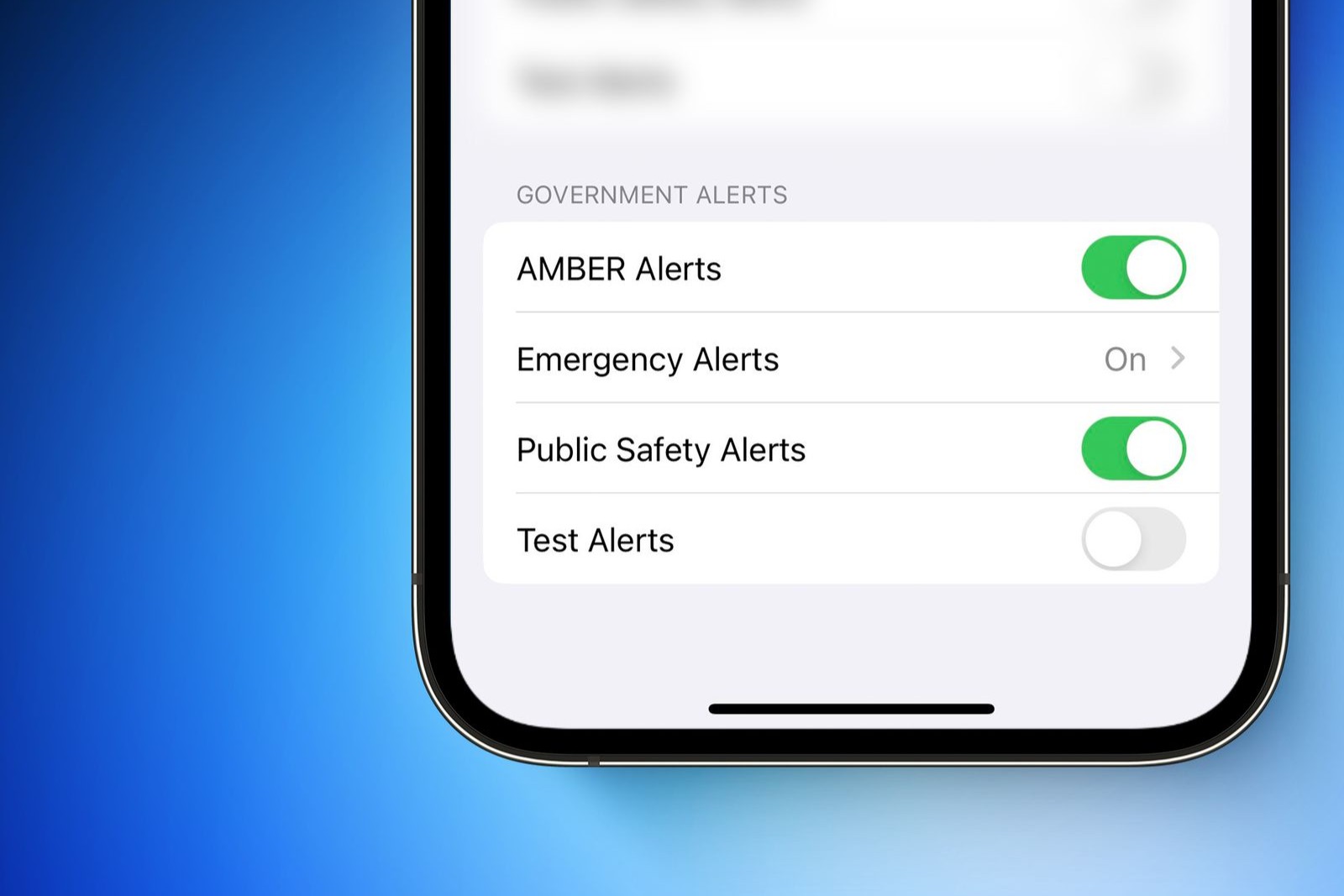
Public safety alerts are crucial for keeping communities informed and safe. These alerts notify people about emergencies like natural disasters, missing persons, or other urgent situations. But how much do you really know about them? From the technology behind these alerts to the different types used, there's a lot to understand. Did you know that public safety alerts can be sent via text messages, radio broadcasts, and even social media? Or that they can target specific geographic areas to ensure only those affected receive the information? In this post, we'll explore 25 fascinating facts about public safety alerts that will help you appreciate their importance and functionality.
What Are Public Safety Alerts?
Public safety alerts are crucial notifications sent to inform the public about emergencies or critical situations. These alerts can save lives by providing timely information. Here are some fascinating facts about public safety alerts.
-
Public safety alerts can be sent via various channels, including text messages, emails, social media, and television broadcasts.
-
The Federal Emergency Management Agency (FEMA) in the United States oversees the Integrated Public Alert and Warning System (IPAWS), which coordinates these alerts.
-
Amber Alerts are a specific type of public safety alert used to notify the public about child abductions.
-
Wireless Emergency Alerts (WEAs) are short emergency messages sent by authorized government alerting authorities to alert the public about imminent threats.
History of Public Safety Alerts
Understanding the history of public safety alerts helps appreciate their evolution and importance.
-
The first public safety alert system in the United States was the Emergency Broadcast System (EBS), established in 1963.
-
In 1997, the EBS was replaced by the Emergency Alert System (EAS), which allowed for more advanced and flexible alerting capabilities.
-
The concept of Amber Alerts originated in Texas in 1996 after the tragic abduction and murder of nine-year-old Amber Hagerman.
-
The first Wireless Emergency Alerts (WEAs) were sent in 2012, marking a significant advancement in public safety communication.
How Public Safety Alerts Work
The mechanics behind public safety alerts involve sophisticated technology and coordination.
-
Public safety alerts are typically triggered by government agencies, such as FEMA, the National Weather Service, or local law enforcement.
-
These alerts are disseminated through IPAWS, which integrates various alerting systems to ensure broad and effective reach.
-
WEAs use cell tower triangulation to target specific geographic areas, ensuring that only those in the affected region receive the alert.
-
Public safety alerts can be customized to include specific instructions, such as evacuation routes or shelter locations.
Types of Public Safety Alerts
Different types of alerts serve various purposes, from weather warnings to missing person notifications.
-
Severe weather alerts warn the public about dangerous weather conditions like hurricanes, tornadoes, and flash floods.
-
Evacuation alerts instruct residents to leave an area due to imminent danger, such as wildfires or chemical spills.
-
Shelter-in-place alerts advise people to stay indoors and secure their location during threats like active shooter situations or hazardous material releases.
-
Missing person alerts, including Amber Alerts, notify the public about individuals who are missing and believed to be in danger.
Impact of Public Safety Alerts
The effectiveness of public safety alerts can be measured by their impact on communities and individuals.
-
Studies have shown that timely public safety alerts can significantly reduce casualties during natural disasters.
-
Amber Alerts have been credited with the safe recovery of hundreds of abducted children since their inception.
-
Public safety alerts can help prevent panic by providing clear and concise information during emergencies.
-
These alerts also play a crucial role in coordinating emergency response efforts by informing first responders and the public simultaneously.
Challenges and Future of Public Safety Alerts
Despite their importance, public safety alerts face several challenges and continue to evolve.
-
One challenge is ensuring that alerts reach all segments of the population, including those with disabilities or without access to modern technology.
-
False alarms can undermine public trust in the alert system, making it essential to minimize errors and ensure accuracy.
-
Advances in technology, such as the use of artificial intelligence and machine learning, are being explored to improve the precision and effectiveness of public safety alerts.
-
Collaboration between government agencies, private companies, and the public is crucial for the continued success and improvement of public safety alert systems.
-
Public education campaigns can help increase awareness and understanding of public safety alerts, ensuring that people know how to respond when they receive one.
Staying Informed Saves Lives
Public safety alerts are vital. They keep us aware of dangers like severe weather, missing persons, and other emergencies. Knowing how to receive these alerts can make a huge difference. Whether through your phone, TV, or radio, staying updated is crucial.
These alerts aren't just noise; they provide real-time information that can help you make quick decisions. Ignoring them could mean missing out on life-saving details. So, make sure your devices are set to receive alerts.
Also, share this info with friends and family. The more people who know, the safer everyone becomes. Public safety alerts are a community effort. When everyone stays informed, we all benefit.
Stay safe, stay alert, and always be prepared. Your awareness could save a life, maybe even your own.
Was this page helpful?
Our commitment to delivering trustworthy and engaging content is at the heart of what we do. Each fact on our site is contributed by real users like you, bringing a wealth of diverse insights and information. To ensure the highest standards of accuracy and reliability, our dedicated editors meticulously review each submission. This process guarantees that the facts we share are not only fascinating but also credible. Trust in our commitment to quality and authenticity as you explore and learn with us.
